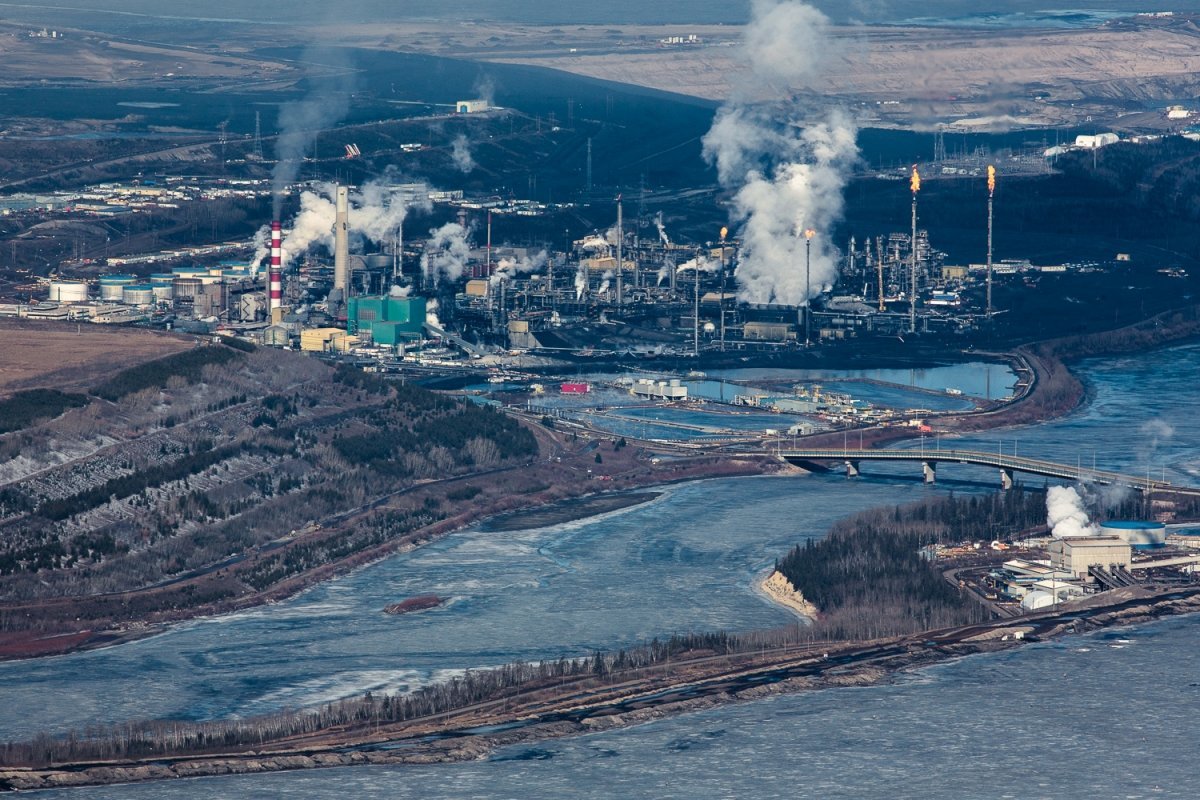 Lawsuits coming will follow the money and go after not just the oil companies (who may well go bust and thwart collection) but also those who siphoned out profits while leaving all the cost for the public. Other obvious targets will be those who subverted evidence and funded denial and doubt campaigns to enable devastating health impacts. In the end, we the public, will pay most of all. See: No sure plans, funding for $51 billion cleanup and rehab of oil sands tailings ponds:
Lawsuits coming will follow the money and go after not just the oil companies (who may well go bust and thwart collection) but also those who siphoned out profits while leaving all the cost for the public. Other obvious targets will be those who subverted evidence and funded denial and doubt campaigns to enable devastating health impacts. In the end, we the public, will pay most of all. See: No sure plans, funding for $51 billion cleanup and rehab of oil sands tailings ponds:
As of right now, there is no clear understanding if or how oilsands companies are going to clean up the 1.2 trillion litres of toxic petrochemical waste covering over 220 square kilometres in the province’s northeast.
On Monday, Environmental Defence and the U.S.’s Natural Resources Defense Council published a report that pegged potential costs for cleanup and reclamation at a staggering $51.3 billion: $44.5 billion for cleanup, with an additional $6.8 billion for rehabilitation and monitoring.
That amount exceeds the $41.3 billion in royalties collected by the province of Alberta between 1970 and 2016. “Increasingly, as an Albertan, I am concerned that these will become public liabilities,” Martin Olszynski, law professor at the University of Calgary and expert in environmental law, tells DeSmog Canada. “In my view, at this point, it’s more likely than not that they will become public liabilities.”
On a positive note, now that oil prices have crashed, the producers and refiners who were planning to use the Keystone XL pipeline are hesitating to sign long term leases for a pipeline they may not need. Perhaps additional resources can avoid being mal-invested. See: Environmentalists accidentally winning Keystone XL fight.

